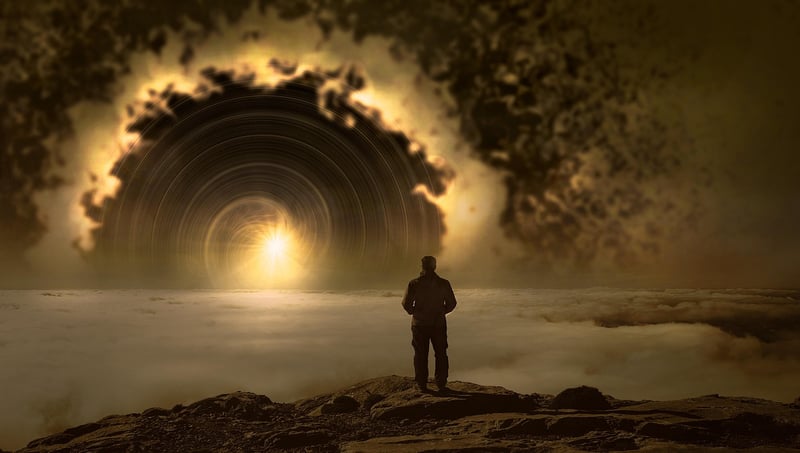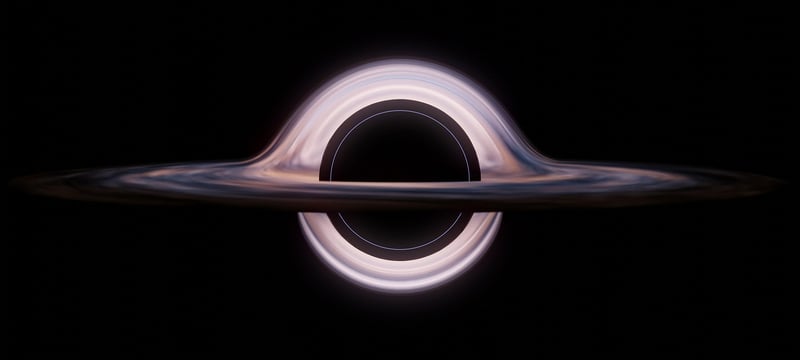Gravitational Singularity
Unveiling the Mysteries of Black Holes
Black holes are one of the most intriguing and enigmatic phenomena in the universe. These cosmic entities possess such immense gravitational pull that not even light can escape from them, making them invisible to the naked eye. Let's delve into the mysteries surrounding black holes and explore the concept of gravitational singularity.
What is a Black Hole?
A black hole is a region in space where gravity is so strong that nothing, not even particles or electromagnetic radiation such as light, can escape from its grasp. This phenomenon occurs when a massive star collapses under its gravity, leading to a point of infinite density called a singularity.
Gravitational Singularity
Gravitational singularity is the core of a black hole, where the density becomes infinite and the laws of physics, as we know them, break down. It is a point of infinite curvature in spacetime, where the gravitational pull is infinitely strong.
Exploring the Unseen
Scientists study black holes by observing their effects on nearby matter and radiation. By analyzing the behavior of objects around black holes, such as stars and gas clouds, researchers can infer the presence of these invisible cosmic giants.
Conclusion
Black holes and gravitational singularities continue to puzzle scientists and spark the imagination of people around the world. The study of these cosmic phenomena not only expands our understanding of the universe but also challenges the very fabric of our known laws of physics.

Unlocking the secrets of black holes and gravitational singularities may hold the key to unraveling some of the universe's greatest mysteries.
